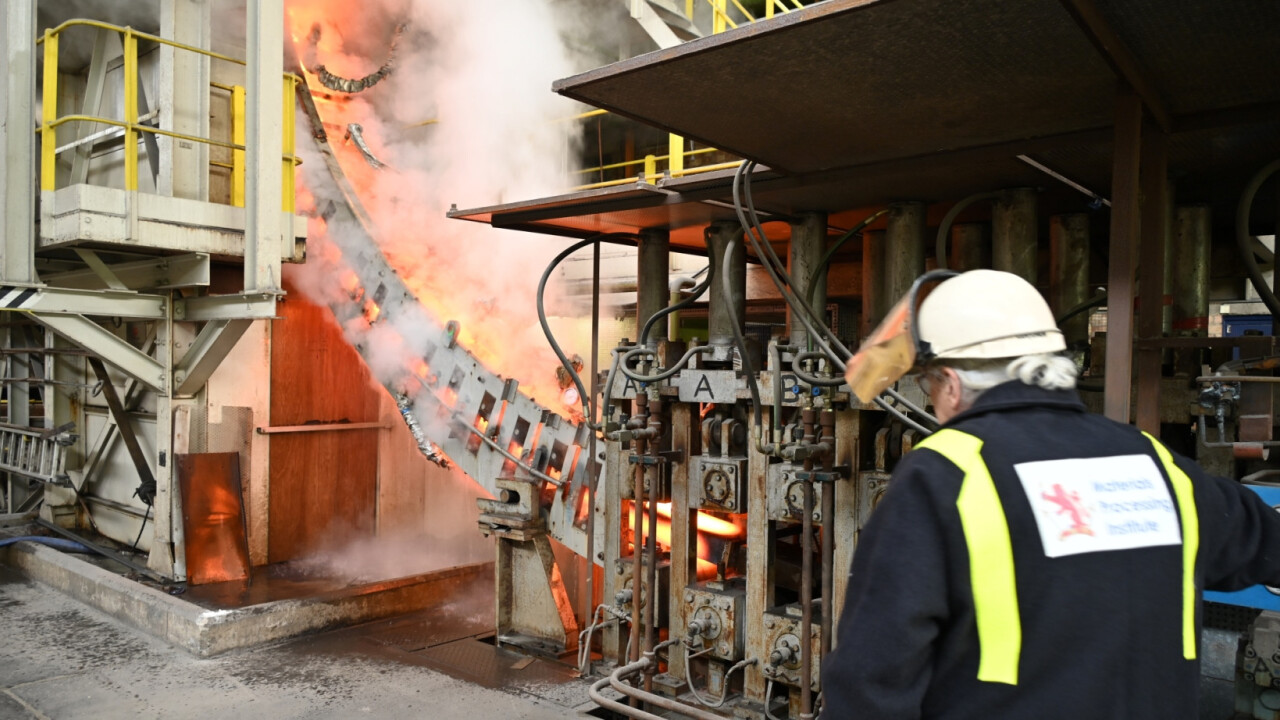
Scientists in the UK have forged 5.5 tonnes of a new kind of steel capable of withstanding the searing heat and intense neutron radiation of nuclear fusion, the same reaction that powers the Sun and stars. The breakthrough is another boost to Europe’s growing flock of fusion energy startups.
A UK Atomic Energy Authority (UKAEA) working group called NEURONE produced the reduced-activation ferritic-martensitic steel, or “RAFM” for short. It marks the first time that RAFM has been produced on an industrial scale in Britain.
“This is really positive and potentially has relevance for all fusionenergy projects,” Ryan Ramsey, COO at British startup First Light Fusion, told TNW.
Fusion reactors superheat hydrogen atoms to extremely high temperatures, forming a charged gas called plasma. Using magnetic fields or lasers to compress the plasma, they force the atoms to fuse, releasing huge amounts of energy that can be used to generate electricity.
When running, the plasma inside a fusion energy machine reaches temperatures of 150 million°C — temporarily making them the hottest points in our solar system. Giant magnets suspend this plasma in mid-air — keeping it away from direct contact with the metal walls. The walls are also cooled to stop them from overheating. Nevertheless, no ordinary steel is up to the task.
“The biggest problem isn’t the heat, it’s neutron damage,” said Ramsey. Neutron radiation can quickly degrade the inner walls of a nuclear reactor.
“If you don’t manage that, then you’ll be shutting down the fusion reactor regularly to replace the walls, which means you’re not producing power during that time frame,” he explained.

NEURONE’s new steel can withstand high neutron loads and temperatures of up to 650°C, potentially improving the operational efficiency of future fusion powerplants.
For startups like Oxford University spinout First Light, the development marks another step towards the moonshot goal of building a commercially viable fusion reactor.
NEURONE forged the steel using an electric arc furnace, which runs on electricity instead of coal, housed at the Materials Processing Institute (MPI) in Middlesbrough. The UKAEA said that its new forging method could make producing RAFM up to 10 times cheaper than was previously possible.
“The production of 5.5 tonnes of fusion-grade RAFM steel lays the foundation for cost-effective manufacturing of these types of fusion steel for future commercial fusion programmes,” said David Bowden, who heads up the NEURONE programme.
Despite huge progress, fusion energy has always seemed to be that “20-years-away” technology. But the tides might be changing. According to a poll at the International Atomic Energy Agency’s (IAEA) forum in London last year, 65% of industry insiders think fusion will generate electricity for the grid at a viable cost by 2035, and 90% by 2040.
Get the TNW newsletter
Get the most important tech news in your inbox each week.




